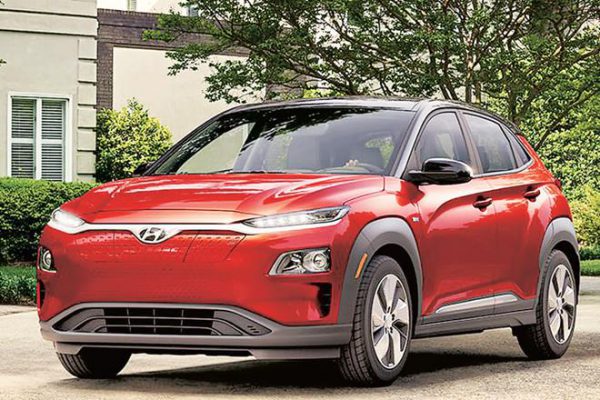[breadcrumb]

Electric vehicles: The way forward for early adoption
 people viewed
people viewedOn the government’s part, these include NEMMP (National Electric Mobility Mission Plan) and FAME II (Faster Adoption and Manufacturing of Hybrid and Electric vehicles).
To address the problem of carbon emissions, the government and automobile companies are taking steps towards increasing electric mobility.
By Sunil Gupta
India has seen a three-fold increase in the number of internal combustion vehicles per 1,000 people, from 53 in 2001 to 167 in 2015. This is increasing both the country’s dependence on oil imports and its carbon emissions. To address the problem of carbon emissions, the government and automobile companies are taking steps towards increasing electric mobility. On the government’s part, these include NEMMP (National Electric Mobility Mission Plan) and FAME II (Faster Adoption and Manufacturing of Hybrid and Electric vehicles). In this year’s Union Budget, it announced tax rebates of up to Rs 1.5 lakh on interest paid on loans to buy EVs. Now, we need more enabling reforms in the sector to encourage the adoption of EVs.
Local manufacturing: The major cost in an EV is the battery. Now, and in the foreseeable future, batteries used in Indian EVs are/will be imported, largely from China. There is continuous innovation in batteries and a fear is that low-technology batteries, which are no longer popular in China, are getting dumped in India. So, the only solution is to indigenize battery production, develop the technological prowess for on-going innovation, and make India a global EV battery and EV manufacturing hub. Towards that, the government has proposed to offer manufacturers investment-linked income tax exemptions under Section 35 AD of the Income-tax Act along with other indirect tax benefits. It also announced a complete exemption in customs duty on lithium-ion cells used to manufacture batteries.
Incentivise ownership: To make EVs more affordable, the government has reduced GST on EVs and EV batteries to 5%. Apart from tax rebates and lower GST, the government should also put in place incentives separately for consumers to ease the purchase of EVs. Increasing awareness about the existing tax benefits and easy financing is also important to drive EV adoption.
Retaining customers: Even if sales of EVs increase, the mission of adoption won’t be complete unless EV companies offer cost-effective maintenance services for batteries. There is scepticism amongst customers about battery maintenance and longevity; EV companies need to go the extra mile to assuage these fears. The 8-year warranty offered on a recently launched EV is a step in the right direction. The government should place certain guidelines for EV companies to provide post-purchase spares and services in every part of the country.
Also, scrapping of old batteries is a looming environmental issue, and so a clear policy needs to be drawn up for environmental-friendly scrapping of batteries past their economic life.
Support infrastructure: Currently, there are around 220 charging stations with 350 charging points for about 187,800 EVs in the country. This necessitates rapid development of charging infrastructure to support adoption. Growth in infrastructure will quell the range anxiety experienced by people and ensure that they do not hesitate while purchasing EVs.
Prioritise EV approach: A sensible approach would be to give the highest priority to two-wheelers, three-wheelers and intra-city buses. Two- and three-wheelers require far less demanding charging equipment, and the cost differential between petrol/diesel vehicle and EV is not much. City buses, in turn, have a set route that is amenable to purpose-built charging infrastructure in bus depots.
Passenger vehicles: The segment of commercial employee ridesharing can work with purpose-built charging infrastructure at the point of origin and destination of the set route. For other passenger vehicles, the route would entail a migration first from pure petrol/diesel to hybrids. In the meantime, charging infrastructure would become more widespread and that will be the point of inflexion for four-wheelers. Therefore, hybrid cars also need to have similar levels of taxation and incentivisation till the migration from petrol/diesel to EVs is under way.
Effective implementation of EV-related policies and bridging of the country’s infrastructural gaps can put India on the track of green growth.
(The author is MD & CEO, Avis India. Views are personal)
Get live Stock Prices from BSE and NSE and latest NAV, portfolio of Mutual Funds, calculate your tax by Income Tax Calculator, know market’s Top Gainers, Top Losers & Best Equity Funds. Like us on Facebook and follow us on Twitter.
 Get up to 10% discount with ‘AVIS10’ Special Fare on travel date beyond 12-February-2024
Get up to 10% discount with ‘AVIS10’ Special Fare on travel date beyond 12-February-2024








